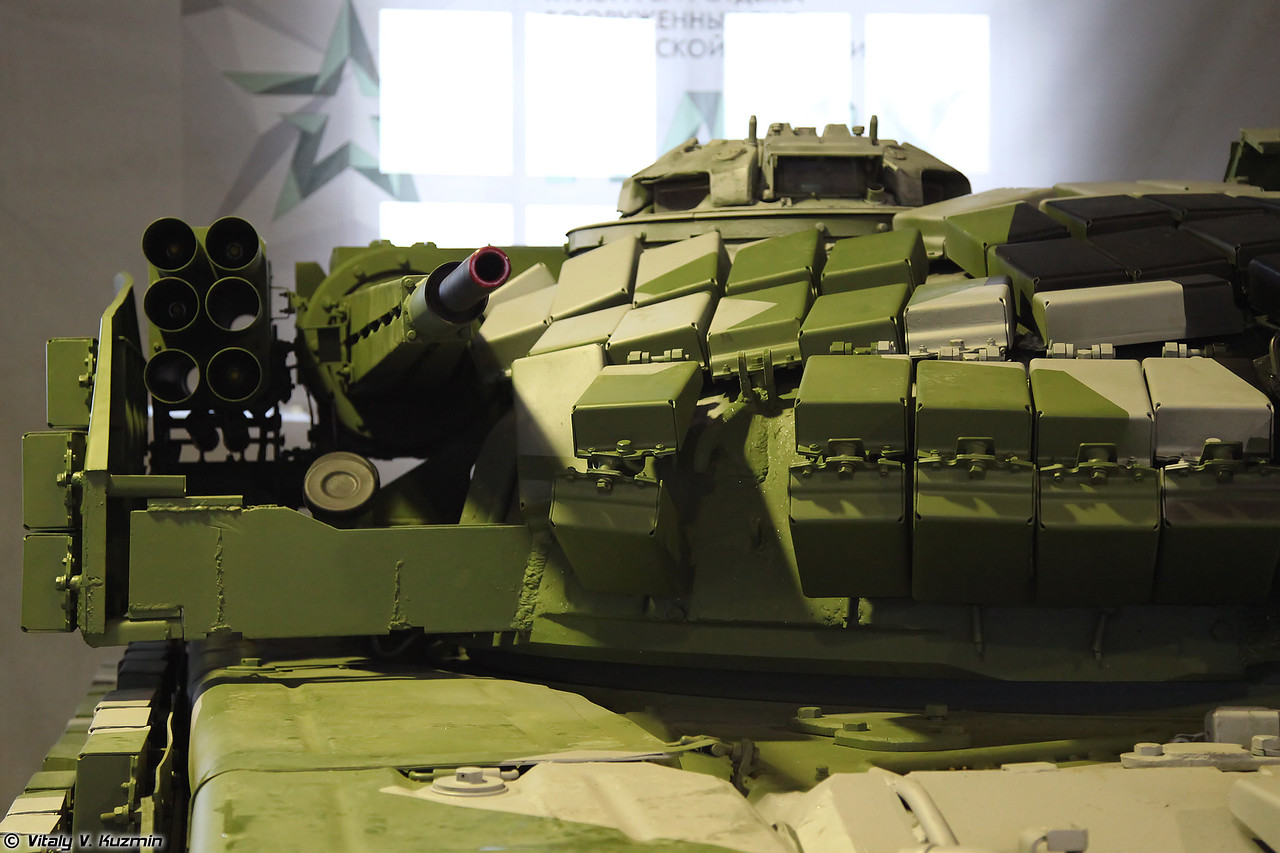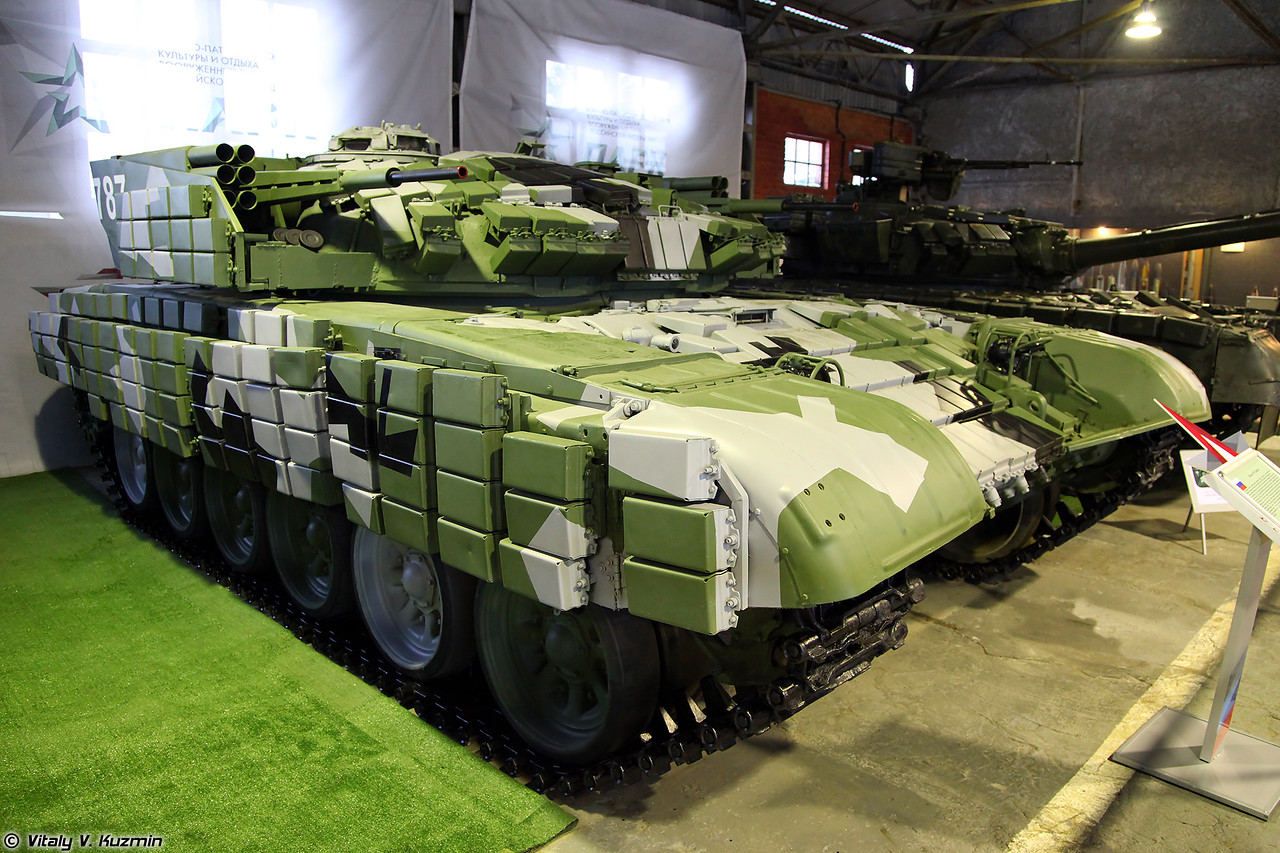Finally, the Bradley Fighting Vehicle Is Getting Some High-Tech Gear
New upgrade features new sensors, missile deflectors and more
WIB land December 21, 2017
Kris Osborn
Bradley1 U.S. Army34
The Army is working on a future variant of the Bradley Fighting Vehicle possibly armed with lasers, counter-drone missiles, active protection systems, improved targeting sights and increased on-board power to accommodate next-generation weapons and technologies.
As the Army pursues a more advanced Bradley A5, engineered to succeed the current upgraded A4, it is integrating new forward-looking infrared sensors for the commander and gunner sights, spot trackers for dismounted soldiers to help them identify targets, and an upgraded chassis with underbelly protections and a new ammunition storage configuration.
BAE Systems, maker of the Bradley, said the vehicle’s modernization effort is designed in three specific stages. The first stage addressed track and suspension upgrades. The subsequent stage, soon to enter production, improves mobility and increases electrical power generation.
More on-board power can support command and control systems, sensors, networks and even electronic warfare technologies.
Maj. Gen. David Bassett, former executive officer for the Army’s Ground Combat Systems, described that the Bradley’s A3 and A4 upgrades were from the turret ring down, with the A5 focusing on the turret up. This includes weapons sights, guns, optics, signals intelligence and even early iterations of artificial intelligence and increased computer automation.
Bassett explained that in the future, the Army will increasingly operate drones from nearby armored combat vehicles. These unmanned systems could carry ammunition, conduct reconnaissance missions, test enemy defenses or even fire weapons — all while allowing manned crews to remain at a safer stand-off distance.
At one point, Bassett told
Warrior that, in the future, virtually all armored vehicles will have an ability to be teleoperated, if necessary.

Bradley Fighting Vehicle. U.S. Army photo
Also, while Army developers did not specifically say they planned to arm Bradleys with laser weapons, such innovation is within the realm of the possible. The Army has already shot down target drones with laser weapons on Stryker infantry fighting vehicles, and has laser weapons under development for vehicles and for defending forward operating bases.
A key focus for this effort, which involves engineering a 100-kilowatt vehicle-fired laser, will require substantially more electrical power integrated into armored vehicles. However, this also means an upgrade has to manage weight, mobility, ammunition storage and the vehicle’s electromagnetic signature.
“If you emit a signal, you can be hit,” a senior Army weapons developer said.
Finding ways to lower vehicle weight, while simultaneously increasing protection and adding new missile-deflecting technologies such as active protection systems, or APS, presents a particular challenge for developers. BAE has developed lighter-weight “band-tracks” for the Bradley as a way to help address this challenge, company and Army officials said.

Bradley Fighting Vehicles. U.S. Army photo
But weight is still an issue. New suspension, reactive armor tiles and APS can increase the Bradley’s weight by as much as 1.5 tons, Col. James Schirmer, the Army’s project manager for armored fighting vehicles, said at the U.S. Army Association’s fall 2017 symposium.
BAE has already configured Bradleys with short-range air defense – or SHORAD — weaponry designed to attack enemy drones, low-flying aircraft or even incoming missiles. The Army is already testing and developing Stryker-launched Hellfire missiles and other SHORAD weapons as a way to meet near-term threats posed by drones and possible air attacks upon armored vehicle formations.
BAE has independently configured a Bradley with SHORAD and is in the process of presenting it to the Army for consideration.
APS technology, now being accelerated for multiple Army combat vehicles, uses sensors and radar, computer processing, fire control technology and interceptors to find, target and knock down or intercept incoming enemy fire such as rocket-propelled grenades and anti-tank guided missiles.
Systems of this kind have been in development for many years, however the rapid technological progress of rival tank rounds, missiles and RPGs is leading the Army to test and develop APS for its fleet of Bradleys.
The Army is now testing the Bradley with an Israeli-manufactured IMISystems’ Iron Fist APS, a technology which uses a multi-sensor early warning system with both infrared and radar sensors. “Electro-optical jammers, Instantaneous smoke screens and, if necessary, an interceptor-based hard kill Active Protection System,” IMISystems officials state.

A Stryker with a 30-millimeter cannon at Rose Barracks, Germany. U.S. Army photo
Merging APS with weapons
As part of these efforts to build better vehicle cannons and defenses, such as the Stryker’s emerging 30-millimeter cannon along with SHORAD and APS vehicle weapons technology, the Army is considering merging APS sensors and fire control systems with some of these larger weapons.
“There is not a specific program, but we are evaluating the technology to see if the sensors we use for active protection could be married with the lethality from a Stryker-fired 30-millimeter air burst round,” Col. Glenn Dean, a Stryker program manger, told
Warrior.
In this conceivable scenario, APS could vastly expand its target envelope beyond merely intercepting RPGs or ATGMs and function as a drone or aircraft killer. “In the future, we could use directed energy, traditional missiles or a direct-fire cannon to shoot out countermeasures,” Dean added.
Overall, despite the promise of more advanced weaponry for ground combat vehicles, military officials note that future threats are unpredictable and wide-ranging. “There are rounds like sabo rounds which will go through reactive armor. There is no silver bullet when it comes to protection,” the senior Army weapons developer said.

Bradley Fighting Vehicle. U.S. Army photo
Big land wars
The Army is accelerating these kinds of weapon systems and countermeasures in part because of an unambiguous recognition that, whoever the U.S. Army fights, it is likely to encounter Russian or Chinese-built armored vehicles and advanced weaponry.
“If the Army goes into ground combat in the Middle East, we will face equipment from Russia, Iran and in some cases China,” a senior Army official told
Warrior. “The threat is not just combat vehicles but UAVs, MANPADs and other weapons.”
Bradley upgrades are also serving part of early conceptual work on the Army’s Next-Generation Combat Vehicle, or NGCV, an entirely new platform or fleet of vehicles slated to emerge in the 2030s.
Bassett said the Army has set up cross-functional teams to explore early concepts for requirements for the new vehicles. Although the service has not yet decided upon a particular chassis or vehicle, the Army is looking at Abrams, Bradley and howitzer-type configurations as experimental platforms.
“We may want to use Bradleys as surrogate vehicles to try out some of the technologies available in the marketplace,” Schirmer said.
NGCVs, for the 2030s and beyond, Army developers say, will be necessary because there are limits to how far an existing armored vehicle can be upgraded. This requires a delicate balancing act between the short-term merits of upgrades versus a longer-term, multi-year developmental approach. Each has its place.
The emergence of these weapons is also affecting what the Army calls CONOPS, or “concepts of operations.” Longer range sensors and weaponry, of course, can translate into a more dispersed combat area — thus underscoring the importance of command and control systems and weapons with sufficient reach to outrange attacking forces. The idea of bringing more lethality to the Bradley is not only based upon needing to directly destroy enemy targets but also to lay down suppressive fire, enabling forces to maneuver in combat.
Army developers and war veterans are quick to point out that armored vehicles, such as a Bradley or even an Abrams tank, have also been useful in certain counterinsurgency engagements. However, the Army has evolved to a new doctrinal “Operations” approach which places a premium on winning big land wars fought between major powers.
“We need to be ready to face near-peers or regional actors with nuclear weapons. It is the risk of not being ready that is too great,” a senior Army official said.









